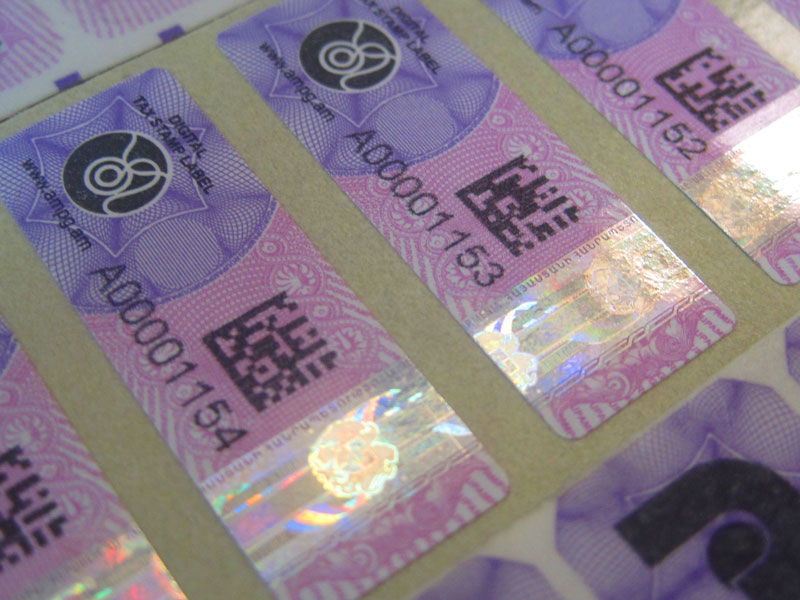In today’s world, the need for security and authenticity in documents and products is more important than ever. Two techniques that have been widely used for these purposes are holograms and watermarks. Although they might seem similar at first glance, the difference between holograms and watermarks is significant, as each serves a unique function and offers distinct advantages.
This article explores the difference between holograms and watermarks, shedding light on their specific applications, benefits, and how they contribute to security and authenticity. As we dive deeper, we will also touch upon their relevance in various industries, including business, finance, and consumer goods.

What Are Holograms?
Holograms are three-dimensional images created using laser technology. They are often used as security features on products, documents, and identification cards. The primary goal of holograms is to provide a unique and hard-to-replicate visual pattern that can help verify the authenticity of an item.
How Are Holograms Created?
The process of creating a hologram involves using a laser to split a beam of light into two parts. One part illuminates the object, while the other acts as a reference beam. When these beams intersect, they form an interference pattern, which is recorded on a photosensitive surface. When viewed under a suitable light, this pattern reproduces the three-dimensional image of the original object.
Applications of Holograms
Holograms are widely used in several industries for various purposes:
- Product Authentication: Holograms on packaging ensure the authenticity of goods, protecting brands from counterfeiting.
- Identification: Many government-issued IDs and credit cards use holograms to prevent duplication and fraud.
- Entertainment: Holograms are also used in displays and concerts to create lifelike visual effects.
What Are Watermarks?
Watermarks are embedded designs or patterns in paper that are visible when held against light. They have been used for centuries as a means of verifying the authenticity of documents and currency. Unlike holograms, which rely on laser technology, watermarks are created during the paper-making process.
How Are Watermarks Created?
Watermarks are formed by varying the thickness of the paper during its production. A dandy roll, which is a cylinder with a raised pattern, presses against the paper pulp, creating the watermark design. When the paper dries, the design becomes a permanent part of the paper, visible when held up to the light.
Applications of Watermarks
Watermarks are primarily used for:
- Document Security: Important legal documents, certificates, and currency often contain watermarks to prevent forgery.
- Brand Protection: Some companies use watermarks on their official documents to establish authenticity.
- Art and Photography: Watermarks are used on artwork and photographs to prevent unauthorized reproduction.
Key Differences Between Holograms and Watermarks
While both holograms and watermarks serve as security features, their differences lie in their creation, appearance, and applications:
- Technology: Holograms use laser technology, while watermarks are created during the paper-making process.
- Visibility: Holograms are visible under normal light, whereas watermarks require backlighting to be seen.
- Applications: Holograms are used on a variety of materials, while watermarks are mostly found in paper products.
Industry Applications
Both holograms and watermarks have found their place in various industries:
Banking and Finance
In the banking sector, watermarks are a common feature in currency to prevent counterfeiting. Meanwhile, holograms are used on credit and debit cards as an added security measure.
Government and Legal Documents
Many government-issued documents, such as passports and national identity cards, use holograms for enhanced security. Legal documents often incorporate watermarks to ensure their authenticity.
Consumer Goods
Brands in the consumer goods sector use holograms on packaging to protect against counterfeit products, assuring consumers of the product’s authenticity.
Publishing and Art
In publishing, watermarks are used to protect intellectual property, while artists use watermarks to safeguard their work from unauthorized reproduction.
Challenges and Limitations
Despite their effectiveness, both holograms and watermarks have limitations:
Holograms
Creating holograms can be expensive and requires specialized equipment. Additionally, skilled counterfeiters may still find ways to replicate them.
Watermarks
Though difficult to replicate, watermarks can be less effective if not properly designed. Additionally, they are limited to paper-based products.
Future of Holograms and Watermarks
As technology advances, the use of holograms and watermarks is expected to evolve:
Innovations in Holograms
Future holograms may incorporate augmented reality features, providing interactive experiences and enhanced security.
Modernizing Watermarks
Technological advancements might lead to the creation of digital watermarks, extending their use beyond traditional paper products.
Conclusion
In conclusion, understanding the difference between holograms and watermarks is crucial for businesses and individuals seeking to enhance security and authenticity. While each has its unique advantages and limitations, their combined use can provide a robust defense against counterfeiting and fraud.
For more information on effective anti-counterfeiting strategies, consider visiting Rotech Machines or learn about anti-counterfeiting labels from Scribos.
Additionally, businesses looking to implement these features can explore the costs and benefits by visiting cost of implementing anti-counterfeit printing or learn about the importance of choosing the right partner by visiting right anti-counterfeit partner.

FAQs
How do holograms and watermarks work together?
When used together, holograms and watermarks can provide a multi-layered security approach, making it significantly harder for counterfeiters to replicate products or documents.
Are holograms more secure than watermarks?
Both holograms and watermarks have their unique strengths. Holograms are visually striking and difficult to replicate, while watermarks offer a subtle, embedded security feature. The security level depends on the application and implementation.
Can watermarks be added to digital documents?
Yes, digital watermarks can be added to digital documents, images, and videos to protect them from unauthorized use and distribution.
This article contains affiliate links. We may earn a commission at no extra cost to you.







